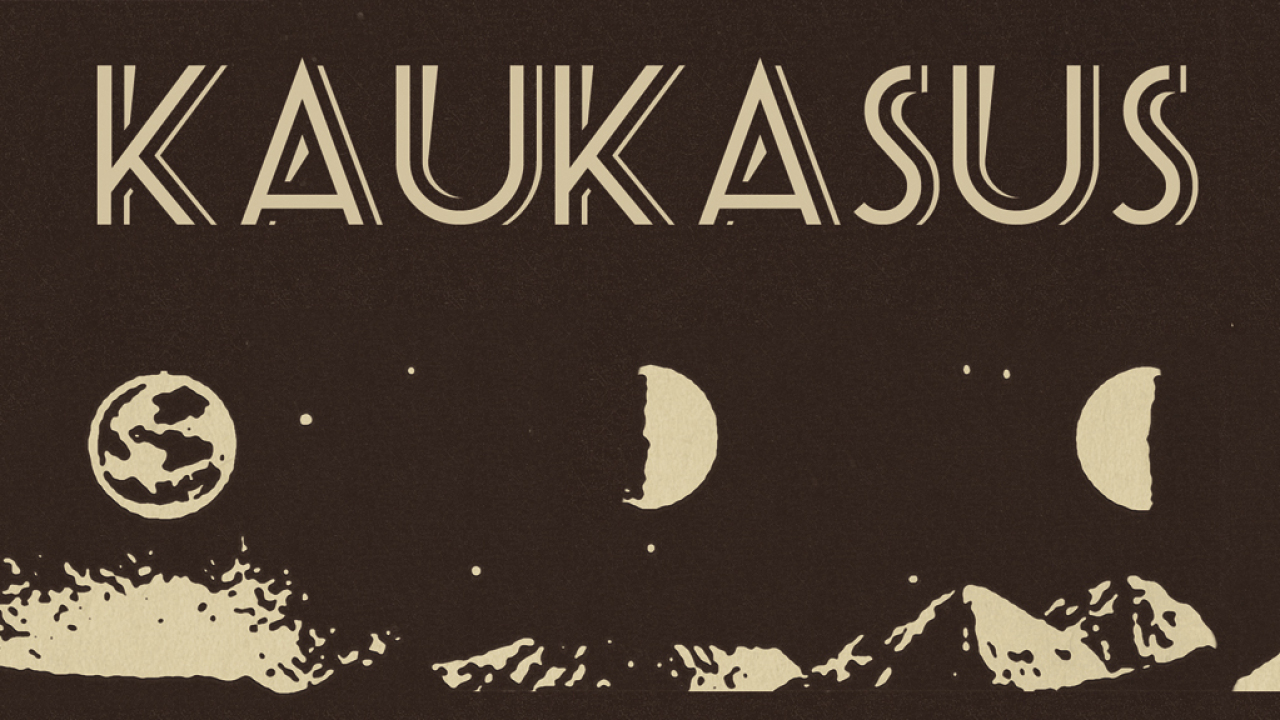One of Barclay James Harvest’s most successful albums is Live 1974 and listening to it recently one of the things that stood out was Mel Pritchard’s drumming
He punctuates their big mellotron themes by launching out on lengthy, flamboyant snare rolls and huge fills right around the tom-toms. It occurred to me that exciting though that style is, people don’t really play drums like that anymore. It seems an ancient craft in danger of dying out, like flint-knapping or thatching.
Carl Palmer was another case in point, opening his account after a few bars of ELP’s Jerusalem with a vast, arcing multi-tom roll, just in case anyone was in any doubt of where his intentions lay.
There were many who would go out on a limb like this: the early Genesis drummer, John Mayhew, was an underrated and exciting player with a dramatic, bombastic style, while Gong’s Pierre Moerlen allied this approach to an astonishing technical facility. One who got a little too carried away was Andy McCulloch. He went on to show himself to be a player of taste and dexterity with Greenslade, but in his brief tenure with King Crimson - on Lizard (1970) - his drumming was so hyperactive and decorative it left the listener exhausted.
Over the last two decades or so, the average skill level in drummers has improved, with the playing sharper, punchier, more in time, but far more contained and less ‘outward’, with the tom-toms mainly used for accents or short flurries.
Younger drummers grew up listening to dance music and electronica and the near impossible permutations of drum & bass, some of which has fed into their style
[](https://www.youtube.com/watch?v=t2_xpSZ_h4w)
Classically trained percussionist, drummer and producer Mattias Olssen, who has played with Norwegian Progressive bands Anglagard and White Willow, and is now with Kaukasus, has this to say:
“With Progressive rock, we are talking about a genre of music that is still fairly young. I think a lot of drummers like Bill Bruford and Carl Palmer came from a jazz tradition. And having, let’s say, Buddy Rich, Gene Krupa and Loiue Bellson as your heroes, that will find its way into your playing. As for my favourite drummers, I think that Kratfwerk is a big influence on my playing, and Aphex Twin and Tom Waits.”
He also feels on record at least, his playing is greatly influenced by his role as producer.
“I ask myself what sort of drums would I want on this album, then I play that,” he says. “I’m not interested in cocky, showy drumming as it’s great to play live, but it’s a mess to work with afterwards.”
While there’s a certain beauty in hearing modern drummers play in this skilful, tidy way, some sound like they could just carry on juggling the beat around like that all night without ever making a mistake. Compare this to Bill Bruford’s playing with King Crimson live in 1973-74 on the Great Deceiver and The Road To Red box sets. His was a thrilling, high-risk strategy as he launched off into improvisation, suddenly slowing down or leaving gaps in breaks to cliff-hanging effect, or playing three against four and coming out on cue mid-pattern. And it was different every night.
It’s like modern footballers compared with their 1970s counterparts. Sure, they are faster, fitter and stronger now, but do they have the same flair?
[](https://www.youtube.com/watch?v=MeqcceE7v0o&index=1&list=PL5AwQvcBI14Ny5prrs3oEXhhLI5od8w3t)

